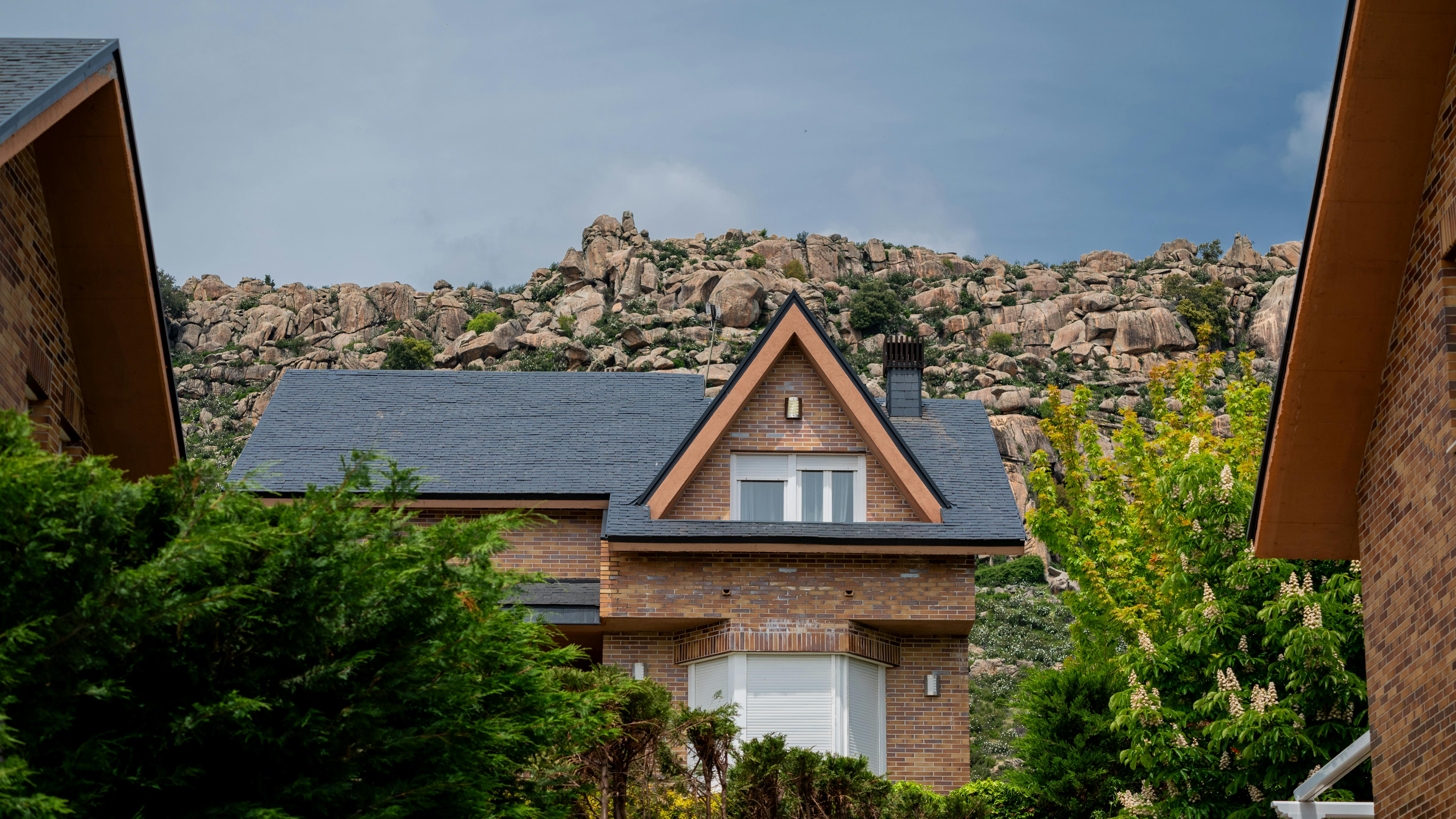The Quiet Rebellion: Reverse Urbanization in the Digital Age
A subtle revolution is unfolding across America's landscape. As cityscapes grow denser, a countermovement is gaining momentum: reverse urbanization. This shift challenges long-held assumptions about progress and lifestyle, reshaping communities and redefining success. Read below to explore this intriguing societal trend and its far-reaching implications.

The Roots of Reverse Urbanization
The seeds of reverse urbanization were planted long before the digital age, but recent technological advancements have accelerated its growth. Historically, migration to cities was driven by economic necessity and the promise of a better life. However, as urban areas became increasingly crowded, expensive, and stressful, a longing for simpler living began to emerge.
The COVID-19 pandemic acted as a catalyst, forcing many to reevaluate their living situations and priorities. Remote work capabilities suddenly made it possible for professionals to maintain high-powered careers without being tethered to major cities. This realization opened the floodgates for a mass exodus from urban centers, with many seeking more space, lower costs of living, and a closer connection to nature.
The Digital Nomad Effect
At the forefront of the reverse urbanization movement are digital nomads – professionals who leverage technology to work from anywhere. This lifestyle, once considered niche, has become increasingly mainstream. Remote work policies adopted by major corporations have legitimized the digital nomad lifestyle, allowing individuals to embrace rural or small-town living without sacrificing career opportunities.
The impact of this shift extends beyond individual choices. As talented professionals relocate to smaller communities, they bring with them economic opportunities, diverse perspectives, and a reinvigoration of local cultures. This influx of human capital is breathing new life into areas that were previously experiencing population decline, creating a ripple effect of economic and social revitalization.
Redefining Community in the Digital Age
One of the most significant aspects of reverse urbanization is its impact on the concept of community. Traditional urban environments often fostered a sense of anonymity and disconnection, despite physical proximity to others. In contrast, smaller towns and rural areas are seeing a resurgence of tight-knit community bonds, facilitated by both physical interactions and digital connectivity.
Social media and online platforms are playing a crucial role in this community redefinition. New residents are using digital tools to connect with like-minded individuals, organize local events, and engage in civic activities. This blend of digital and physical community-building is creating unique social ecosystems that combine the best aspects of urban connectivity with the intimacy of small-town life.
Environmental Implications and Sustainable Living
Reverse urbanization is also closely tied to growing environmental consciousness. Many individuals choosing to leave cities are drawn to the prospect of a more sustainable lifestyle. Rural and small-town settings often offer opportunities for gardening, reduced energy consumption, and closer connection to local food systems.
However, this movement also presents environmental challenges. The spread of populations into previously undeveloped areas can lead to habitat disruption and increased reliance on personal vehicles. As such, many reverse urbanization advocates are emphasizing the importance of eco-friendly development practices and the integration of sustainable technologies in their new communities.
Challenges and Future Outlook
While reverse urbanization offers many benefits, it’s not without its challenges. Rural areas often lack the infrastructure and services that urban dwellers take for granted. Healthcare access, high-speed internet, and cultural amenities can be limited in smaller communities. Additionally, the influx of new residents can lead to tensions with long-time locals, as well as rising property prices that may price out existing community members.
As this trend continues to evolve, policymakers and community leaders are grappling with how to manage growth sustainably and equitably. The future of reverse urbanization will likely involve a delicate balance between preserving the character of small towns and rural areas while accommodating new residents and economic opportunities.
In conclusion, reverse urbanization represents a significant shift in how Americans are choosing to live and work. It challenges traditional notions of progress and success, offering a new vision of the good life that prioritizes community, sustainability, and work-life balance. As technology continues to evolve and remote work becomes increasingly normalized, this trend is likely to shape the demographic and cultural landscape of the United States for years to come. The quiet rebellion against urban living is not just a rejection of city life, but a reimagining of what it means to thrive in the modern world.





